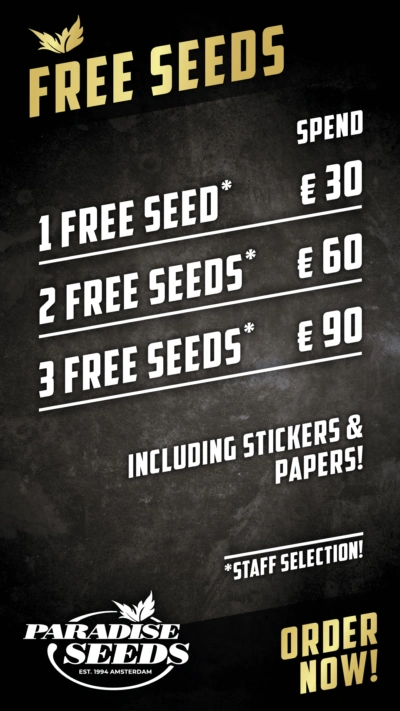Every stage of cultivating the cannabis plant comes with its own unique set of dynamics. This article addresses the vegetative growth stage (also referred to as the veg stage) and dives into detail of what it is and how to unlock its potential on the way to growing bigger and healthier cannabis plants.
Contents
Before we start, it’s important to recognize that cannabis plants will behave differently, depending on which type of photoperiod (ie light sensitive) strain is being grown.
The growth structure of indica plants is different to sativa plants (the former is shorter and more bushy), while hybrid varieties may display a combination of indica and sativa characteristics.
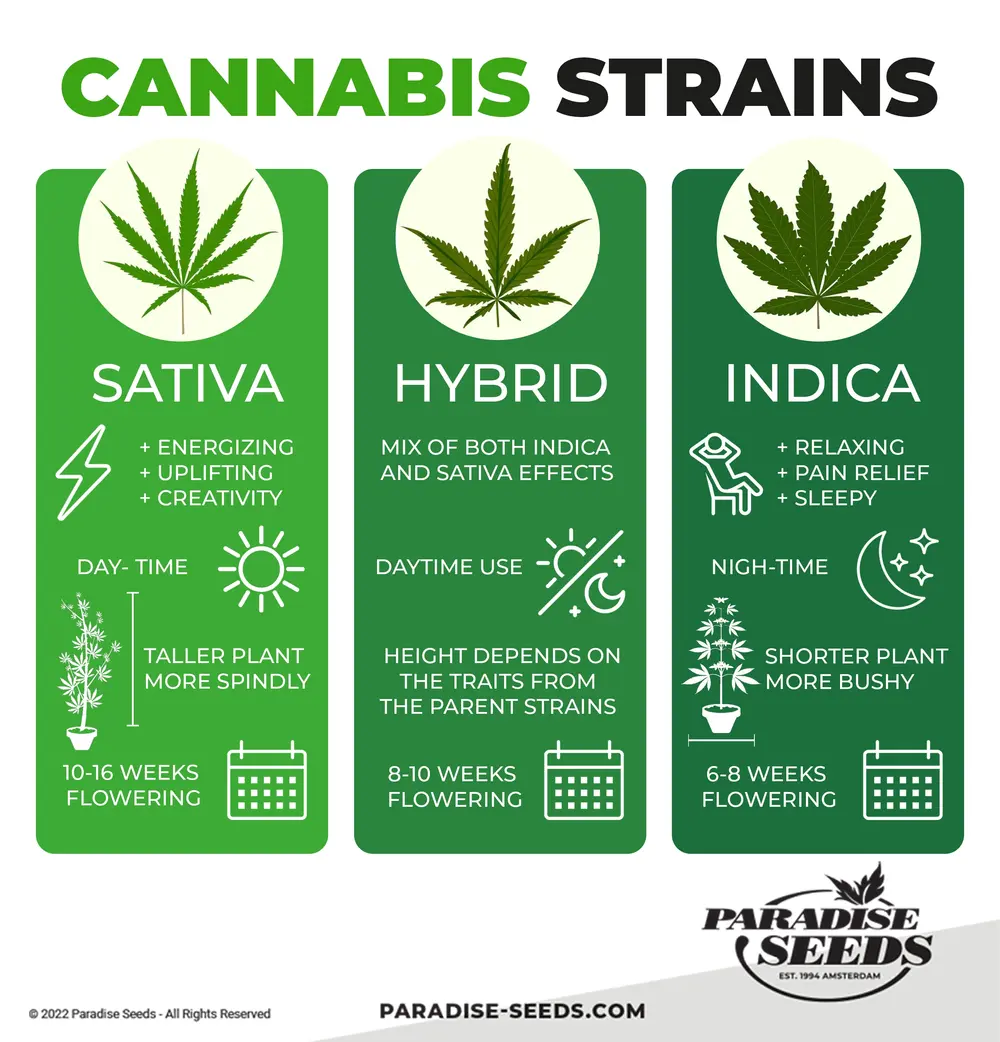
And then there are autoflowers, which behave very differently. They typically only last for 2 – 3 weeks in this phase, after which it will turn to flowering automatically. For the purpose of this article, therefore, the emphasis is on photoperiod plants.
Why is the vegetative stage so important?
This is the stage when the plant really takes off, filling out its structure with branches and healthy foliage to aid the process of photosynthesis, which is crucial to the nourishment of the plant.
- Root development
- Rapid growth
- Environmental adaptability
- Structural flexibility
- No bud development
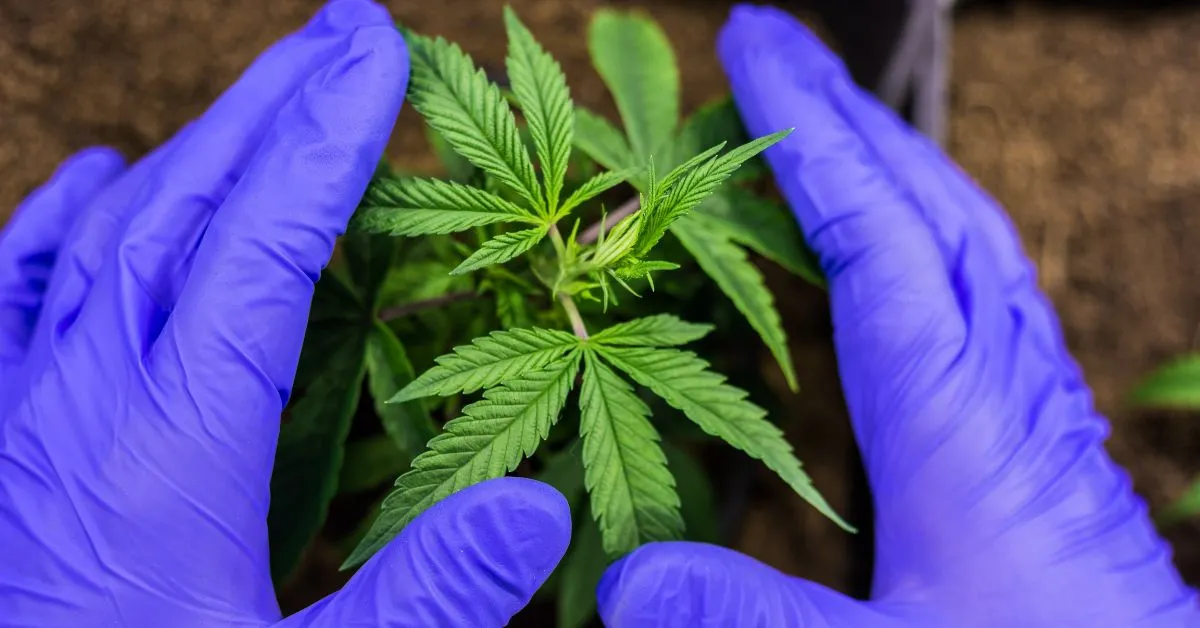
1) The plant is developing its infrastructure. This involves growing a thick stem to support numerous branches and a lush canopy of leaves to utilize the photosynthesis process and ensure plant health.
2) The plant is developing a complex root network. Infrastructure development is not only upwards! Beneath the soil runs the extensive network of roots which is feeding the plant with water and nutrients. Strong roots form the route to good plant health and a vital defence against disease.
3) The plant is becoming a growth machine! A big, healthy plant produces big and healthy flowers! During the cannabis vegetative stage, the plant’s energy is focused on rapid production of branches and nodes which are the intersections between branches where flowers will form during the flowering stage.
4) The plant is the most adaptable in the veg stage. While in the germination and seedling stages a plant is fragile and needs tender care, once it reaches the vegetative state, it is capable of extraordinary behaviour! In the veg stage you can bend it, twist it, even break it and it will adjust and continue to grow, which makes it the perfect time for training and pruning.
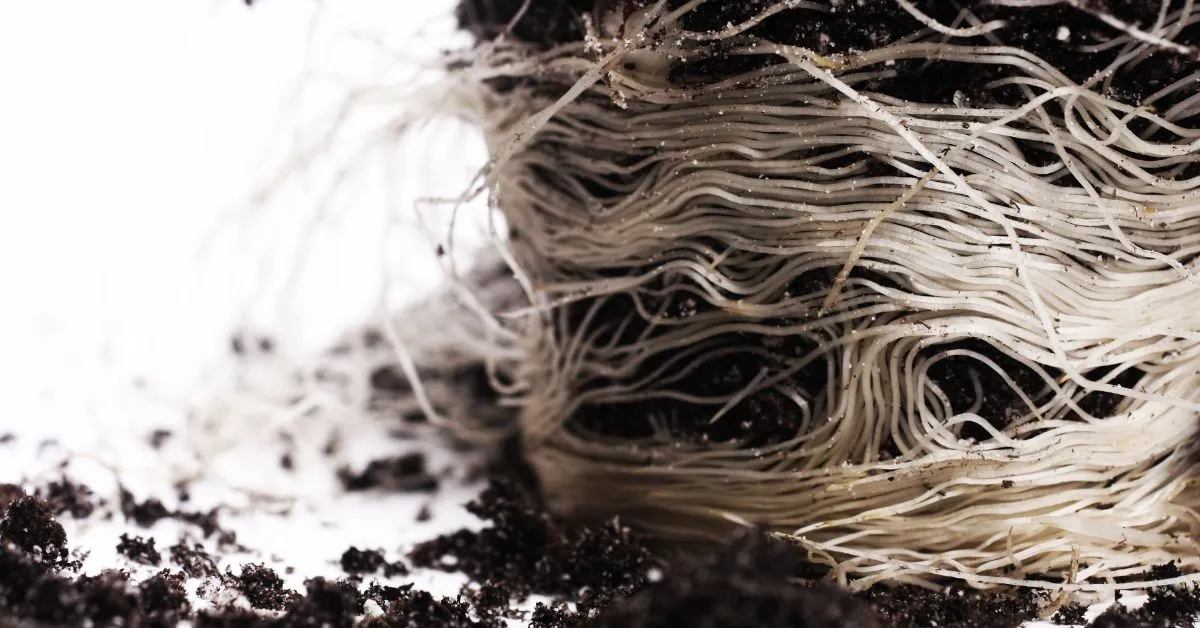
What factors influence the right environment
Creating the right environment is key to producing a healthy plant ready for the flowering stage. By creating the optimum environment during the this part of the plant’s journey, plants can grow between 3 and 5cm per day. So what should you be checking?
Lighting
At this stage, cannabis loves strong light, with a minimum of 16 – 18 hours a day of exposure (although some growers argue that 24 hours light is the recipe for superfast growth, others argue the plant needs time to rest and this is a topic for debate). By maintaining the photoperiod of 18 hours light a day, a plant can theoretically live forever.
- How plants use light provides a good illustration of the importance of light in creating the best environment. Most growers have now made the switch to LEDs (Light Emitting Diode), and there are some excellent tips available on how to optimize the performance of grow room LEDS.
- During this phase, plants benefit from light in the blue spectrum (around 400-500 nm), ensuring good leafy growth, while increasing the red in pre-flowering encourages bud growth.
- It is always worth investing in LED lights which provide a full spectrum of light and researching the impact of PAR, photons and UV is also recommended.
Caution: Check your distance!
This is particularly relevant for growers using HPS lights, but applies throughout.
- Make sure that the space is not squeezed between the lights and the plant canopy beneath to avoid light burn.
- On the flip side, make sure that they are not too far away from the canopy to promote plants to stretch towards the light.
Temperature and Humidity
A plant prefers a warmer temperature in the veg phase than during flowering. The ideal temperature for the on-light period of a plant in the cannabis vegetative growth stage is 24-27°C, with night temperatures 2°C lower. The humidity level should be around 70-80%.
This is easier to control indoors, although problems do arise in a summer. Outdoors it is inevitably more difficult to control the environment, especially when growing in greenhouses or in polytunnels.
- Heat stress (which tends to occur when the temperature is over 30°C/86°F) to vegging plants will impact health and reduce the harvest. On the flip side, cold stress kicks in when the temperature drops below 12°C/53°F)
- Stagnant air should be avoided, by ensuring good ventilation and using fans to keep the air circulating.
Nutrients
Inevitably plants need nourishment to achieve their full potential. They are particularly hungry during this stage and require feeding with essential nutrients.
The most significant come in a pack, known by the acronym N-P-K (Nitrogen-Phosphorus-Potassium), and are at the core of any off-the-shelf fertilizer solution for the cannabis plant.
- Nitrogen (N): Giving plants essential leafy growth through the formation of amino acids and proteins.
- Phosphorus (P): A contributor to all round growth, stimulating root development and transferring energy around a plant.
- Potassium (K): A stimulant for various metabolic processes, including photosynthesis and water uptake.
Additionally Micro nutrients like Calcium, Magnesium and Sulfur play a role in healthy development.
- Calcium (Ca): A vital component in the structure of a plants cell walls, building resistance.
- Magnesium (Mg): A nutrient which plays a key role in the photosynthesis process.
- Sulfur (S): Helps create new plant cells, forming amino acids and proteins.
Caution: Get the balance right!
- Over or under administration can cause issues which manifest in the plants’ appearance (most obviously in leaf color changes and wilting leaves).
- Excess, deficiency, lock-out are the most common nutrient issues that can be diagnosed and solved.

Irrigation and pH
Check regularly the pH of your nutrient solution. A pH of around 5.8-6.5 is optimal for nutrient uptake in most cannabis plants and key to ensure nutrient deficiencies or lockouts will not happen.
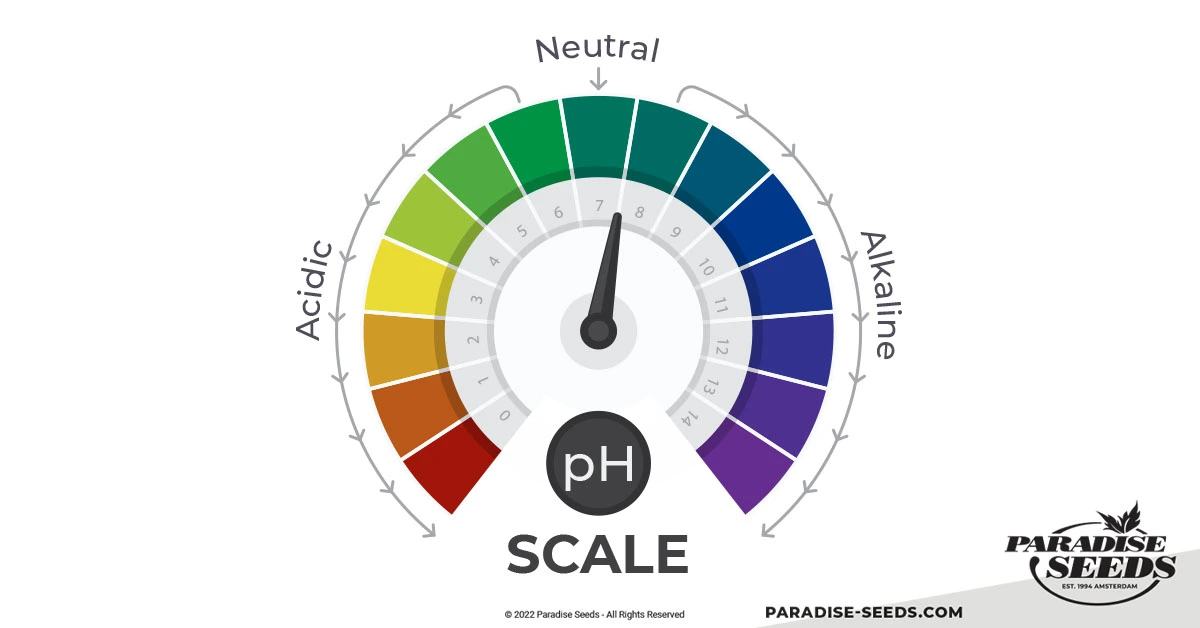
Co² – Carbon Dioxide
Although CO² adds more value in the flowering phase, many growers also value its contribution in the cannabis vegetative growth stage. Natural air exchange should generally provide enough CO2, but some growers provide additional CO² while plants are in the vegetative stage.
Training and pruning
As plants vigorously grow during this phage, it’s important to keep that growth in check. Training and Pruning are one of the ways to maintain a plant, making sure it stays within the confines of your room.
There are many ways to train a plant – from LST (Low Stress Training) to HST (High Stress Training) to SCROG (Screen of Green) and SOG (Sea of Green), Topping and Fimming and Mainlining.
You can find all the answers in this comprehensive guide to growing techniques.
Common issues during the vegetative stage
In an ideal world, the period of vegetative growth will be punctuated by lush green canopies and generous branch development. However, at some point, every grower will encounter problems such as Nutrient Deficiencies, Stress, Nutrient Lockout or Pest infestations.
This reference guide to the most common problems and solutions provides a troubleshooting handbook for the vegetative stage.
Timeline
When growing outdoors, the duration of the growth phase is determined by the hours of sunlight. Depending on your location, and when the seeds were sowed the plant can be in the growth phase for more than 4 or even 5 months. (sowing in April, flowering is induced in september when daily sunhours are lower then 12 hours)
The following guide details the key stages of the process in an indoor environment and gives a general idea.
- Day 0 – 7: Germination and root system development
- Day 7 – 14: Seedling stage. The plant develops its early leaves
- Day 15 – 28: Transition to vegetative growth. The plant will begin to rapidly develop, growing upwards with 4+ sets of leaves. Beneath the soil growth will focus on root development
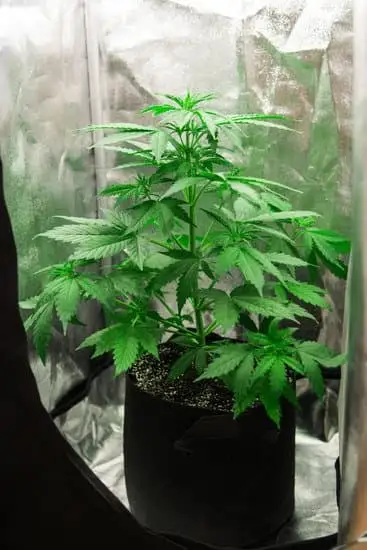
- Day 29 – 42: The plant starts to enter a period of vigorous growth. At this point it will be hungry for nutrients and should be monitored for signs of deficiency. This is also the period when training can be conducted without fear of damaging the plant.
- Day 43 – 56: The plant will continue with its growth, becoming bushy and filling out with lush green foliage while developing branches.
- Day 57 – 70: The pre-flowering stage is about preparing the plant to transition from the veg stage to the flowering stage. A reduction of light towards 12/12 (light/dark) simulates natural light conditions.
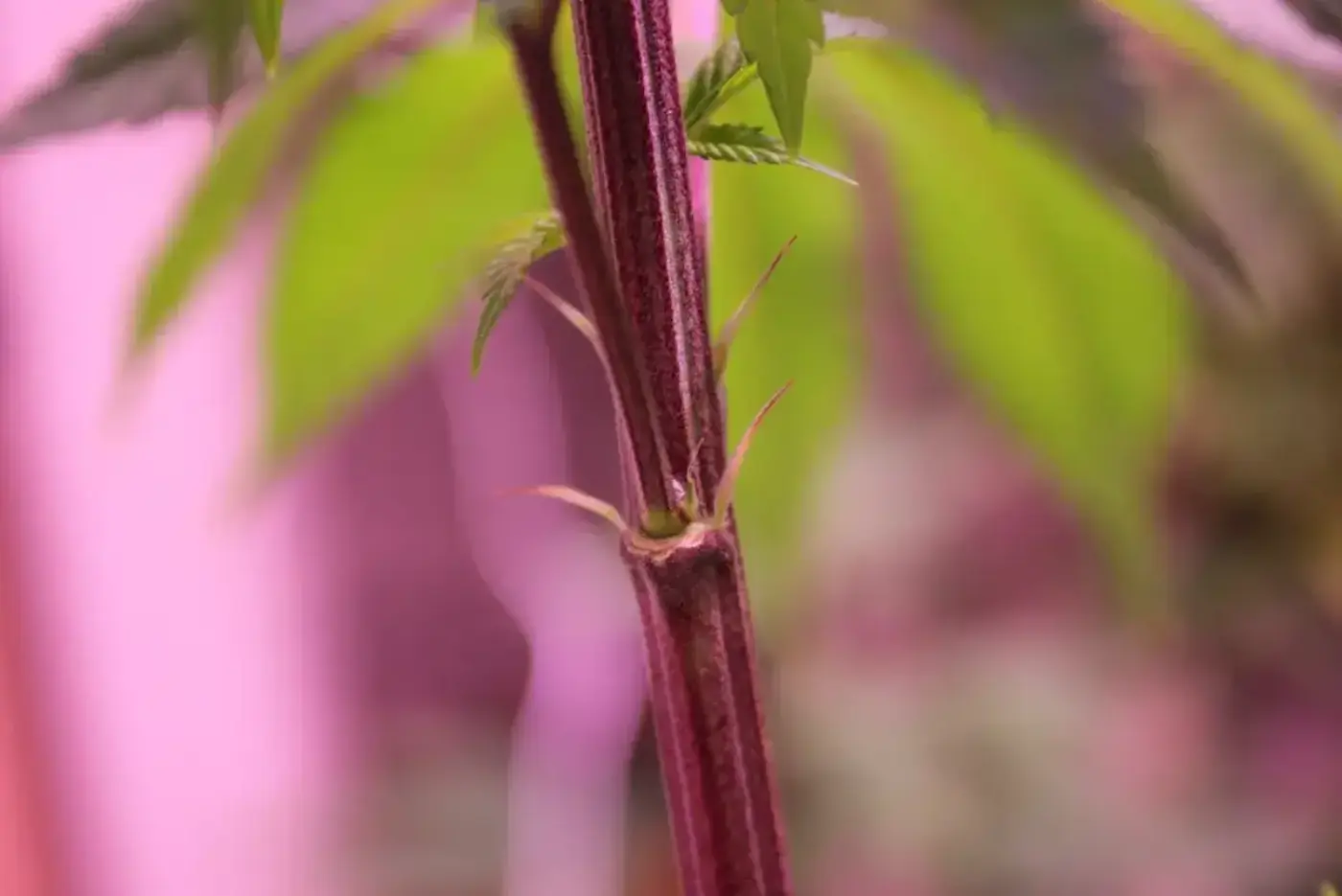
It should be stressed that throughout the vegging stage, plants need to be frequently checked and monitored for signs of issues. An issue can usually be dealt with if caught at an early stage.
*A good bit of advice to avoid plants developing hermaphrodite traits in flowering, is to lollipop the lower branches.
When should you transition to flowering?
The most important reason and indicator to switch to flowering is when the plant reaches a certain height. During flowering, plants will stretch by 1.5 – 3x its size. When growing indoors usually height is a limitation and thus it’s key to take this into account. Pruning and training (SOG or SCROG) provides solutions to maintaining manageable plants.
Most growers will transition after 4 – 6 weeks of the veg period.
To induce flowering, change the light cycle from the 18 – 24 hours of light to 12/12 (light/dark).
Conclusion
This phase is as important as any other stage in the lifecycle of the plant. It is the time to become lush, and stocking up on the essential energy it needs for the flowering phase.
Due to its vitality during this growth stage it is a more forgiving phase in many ways because the plant just wants to grow! The biggest challenge is to manage that growth within the confines of a grow space and to make sure it has everything it needs.
To avoid issues, it is important to keep the nutrient schedule in check and carefully monitor signs of issues.
A healthy growth is the best boost a plant can have to perform in the flowering stage. Healthy growth will provide it with the infrastructure above and below the soil to support the abundance of bud development.

